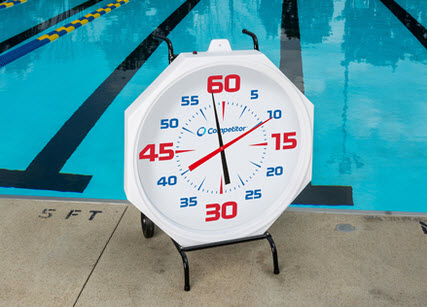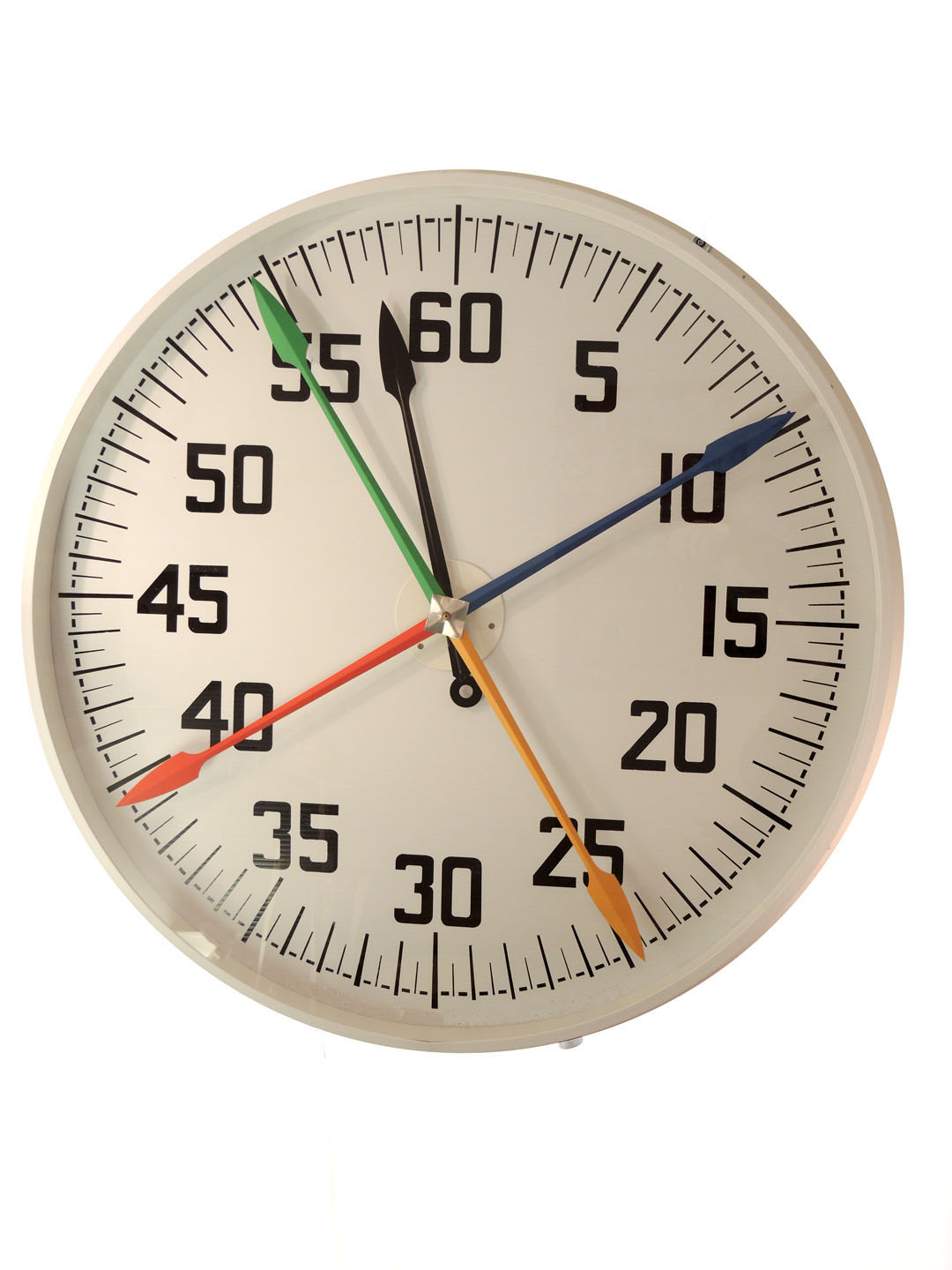OK, so not exactly a powermeter but a palm based force meter from Platysense:
I can see the value in this measurement but it would probably be more useful if the measurement was spread over the forearm.
OK, so not exactly a powermeter but a palm based force meter from Platysense:
I can see the value in this measurement but it would probably be more useful if the measurement was spread over the forearm.
Sadly they would dramatically disrupt the water flowing over the hand.
It would also have no Idea of the vector of the force unless you know the angle of the palm and the path of it’s movement.
It’s garbage, certainly not designed by anybody that knows anything about swimming.
Your hand is already an incredibly sensitive force and flow meter.
A good feel for the water is when you can tell you have all the angles right and you are getting maximum lift and minimum drag possible.
Looks cool to me.
Hope they come to market
A bit OTT I reckon…
A simpler (and fantastic) performance metric for swimming… ![]()

Don’t you mean this one? ![]()

It’s garbage, certainly not designed by anybody that knows anything about swimming.
In other words, triathletes will be all over that shit.
I can see some potential value in the device, more so with the stroke mapping than the force sensor. I can make a lot more force at the palms with a deep pull vs a high elbow pull, but at the expense of considerably more drag.
Speaking of drag, triathletes obsess over it on the bike but rarely talk about it with regards to the swim…which is odd, given than water is roughly 800 times more dense than air. If you make only average stroke power but have good technique, you’ll be WAY faster in the water than someone with high power and poor technique.
Triton Wear is the gold standard.
Interesting but if they can’t surgically implant strain gauges in my hands and arms I’m not interested.
.
This has been around some 1-2 years now, but instead of power I think the idea is rather to analyse your force production and direction in the different phases of the stroke.
.
This looks like a similar device to the Chinese one but I can`t imagine swimming normally with something like wither of those placed in your palm. Still, the idea of being able to analyse the magnitude and direction of stroke force seems like a pretty interesting concept - however, I do agree that unless you can relate that to elbow and upper arm orientation and body rotation then the implementation is limited.
Totally agree with you on the drag thing, and I think that’s where most poor swimmers struggle. However, go to the gym, set a cable machine at shoulder height and tell me which you can lift more weight with, the high elbow pull motion or the straight arm motion. I seriously doubt it will be the latter.
…go to the gym, set a cable machine at shoulder height and tell me which you can lift more weight with, the high elbow pull motion or the straight arm motion. I seriously doubt it will be the latter.
Not really analogous. You can stroke deep without straight-arming, and in the water you can rotate your body (maybe even over-rotate) to get more leverage on the pull.
Your hand is already an incredibly sensitive force and flow meter.
A good feel for the water is when you can tell you have all the angles right and you are getting maximum lift and minimum drag possible.
Your hand is, and mine is pretty good. But for the adult onset swimmers in my classes, I disagree. And not all of them obviously, but I have folks who for example can’t scull for the life of them, just flat out can’t do it. Changing the path of their pull from a semicircle to a somewhat straighter path - can’t be done.
As for this device, it is similar at its core to the aquanex system Rod Havriluk has used for years. While I have my problems with some of the stuff that Dr. Havriluk puts out, I wouldn’t call it useless.
For this item and others similar ones, to me the big challenge will be for a given swimmer - trying to figure what he SHOULD be doing - without following a dead end. As you point out, if a swimmer decides to get higher force from his palm but in so doing puts his forearm in a suboptimal position - then maybe that’s a short term win but long term loss.
On one hand, the sort of analysis needed to figure out the true factors of what separates a swimmer from being a better swimmer is easier now than ever before in terms of the mathematics of it - Excel now has classifier analysis as an add-in. but the hard part of getting hundreds of people using the item and recording the resulting data is going to be the long pole in the tent.